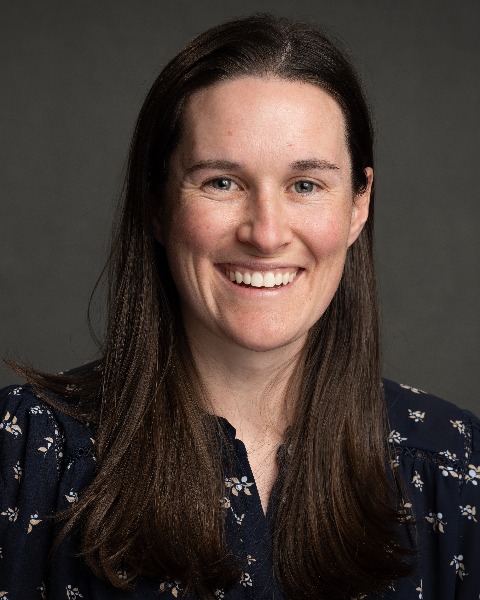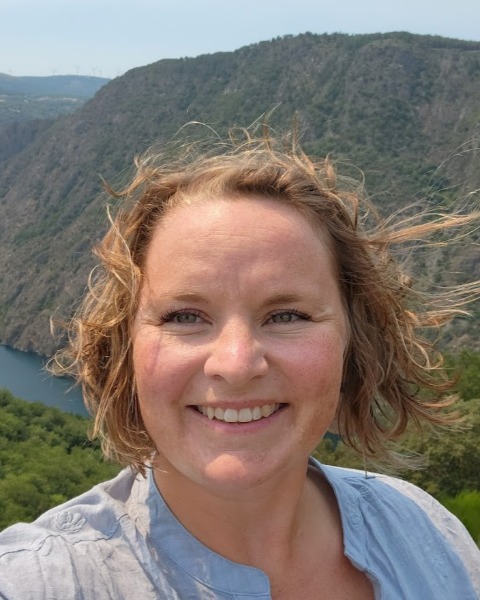Concurrent Session
Emergency Action Plans
Public Safety at Dams
General Dam Safety or Levee Policy
General Risk Policies
Session: Communication and Collaboration for Emergency Preparedness
CS23C - Concurrent Session 23C: Too big or too small? Why communicating at the watershed level might help us solve our flood risk awareness challenges.
Tuesday, September 23, 2025
4:30 PM - 5:00 PM ET
Location: Huntington Convention Center of Cleveland, Atrium Ballroom C

Megan Pierce, P.E.
Risk Communication Lead
US Army Corps of Engineers
Concord, Massachusetts
Katelyn Noland
US Army Corps of Engineers
Presenter(s)
Co-Presenter(s)
Abstract Description: While our waterways and watershed are connected, our projects, planning, and communication often are not Today, the U.S. Army Corps of Engineers requires communication plans and outreach specific to each of its high-risk dams. Sometimes these projects are located on the same waterway and even function with one another – or with dams and levees owned and operated by others. However, current communication efforts don’t always account for the interdependent nature of dams, levees, and other structures. Additionally, outreach often focuses on common topics and messaging that require similar resources but are developed independently, project-by-project, posing challenges especially when resources are limited. So, why not plan for and implement communication strategies at the watershed-level – so we can better capture how dams and levees work together and be more efficient in our communication efforts?
During this presentation, we’ll discuss a pilot effort to plan and communicate at the watershed level. We’ll share how we developed a communication strategy for the Merrimack River Watershed in New England that includes the following USACE Dams: Everett, Franklin Falls, Blackwater, Hopkinton, and Edward Macdowell dams as well as the East Branch Pemigewasset River, Merrimack River Right Bank, Merrimack River Left Bank, Beaver Brook Left Bank, Merrimack River Left Bank levees which were built by USACE. We’ll discuss what strategies have been successful, how we designed communication materials meaningful to multiple audiences within the watershed, what challenges and limitations we experienced, and what lessons we learned that may apply to your communication efforts. We’ll also discuss limitations of our approach – since the plan does not cover all infrastructure in the Merrimack River Watershed – as well as challenges and opportunities collaborating with multiple states, dam and levee owners, and other important regional partners.
During this presentation, we’ll discuss a pilot effort to plan and communicate at the watershed level. We’ll share how we developed a communication strategy for the Merrimack River Watershed in New England that includes the following USACE Dams: Everett, Franklin Falls, Blackwater, Hopkinton, and Edward Macdowell dams as well as the East Branch Pemigewasset River, Merrimack River Right Bank, Merrimack River Left Bank, Beaver Brook Left Bank, Merrimack River Left Bank levees which were built by USACE. We’ll discuss what strategies have been successful, how we designed communication materials meaningful to multiple audiences within the watershed, what challenges and limitations we experienced, and what lessons we learned that may apply to your communication efforts. We’ll also discuss limitations of our approach – since the plan does not cover all infrastructure in the Merrimack River Watershed – as well as challenges and opportunities collaborating with multiple states, dam and levee owners, and other important regional partners.
Learning Objectives:
- Demonstrate how to communicate risk on a watershed level.
- Learn about how to design communication materials meaningful to multiple audiences within a watershed.
- Discuss the lessons we learned that may apply to your communication efforts.
